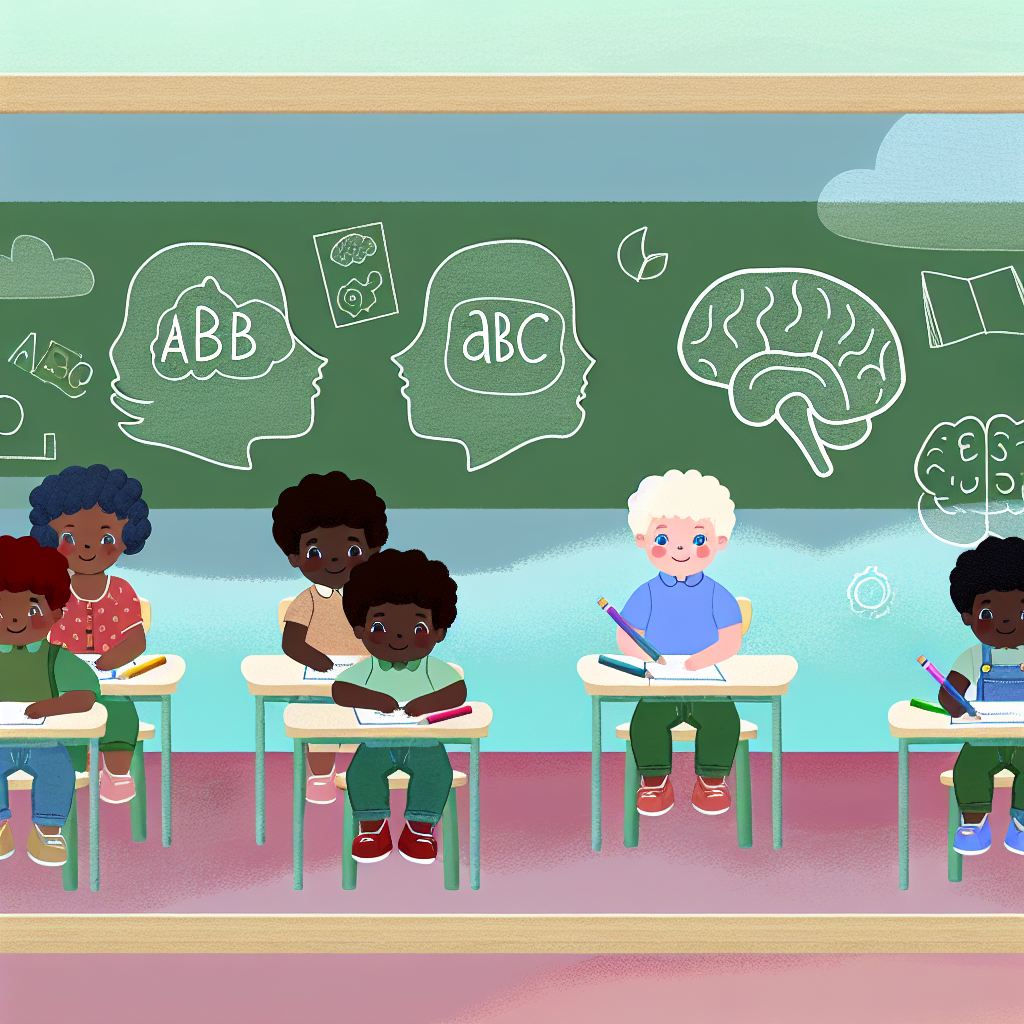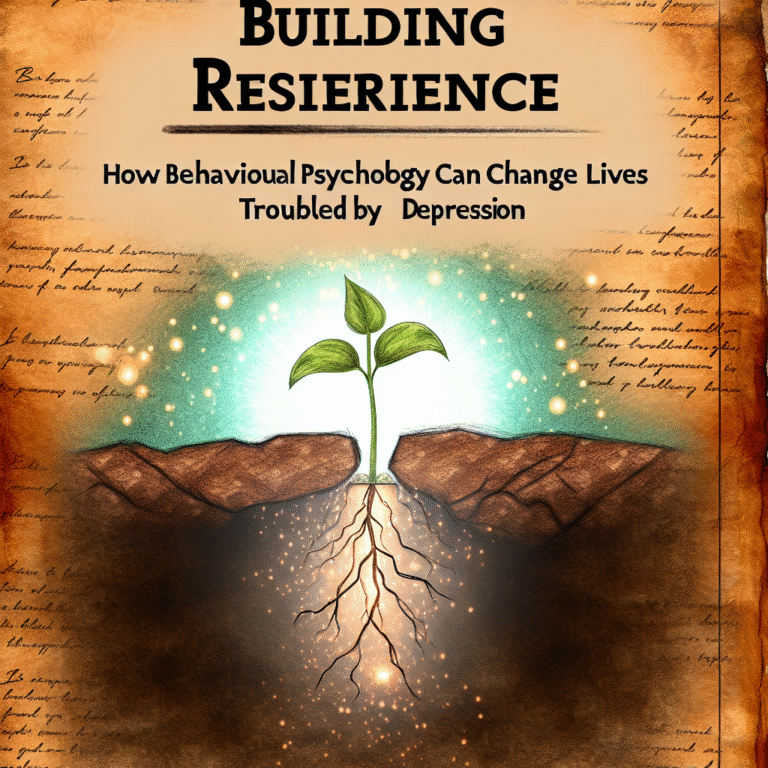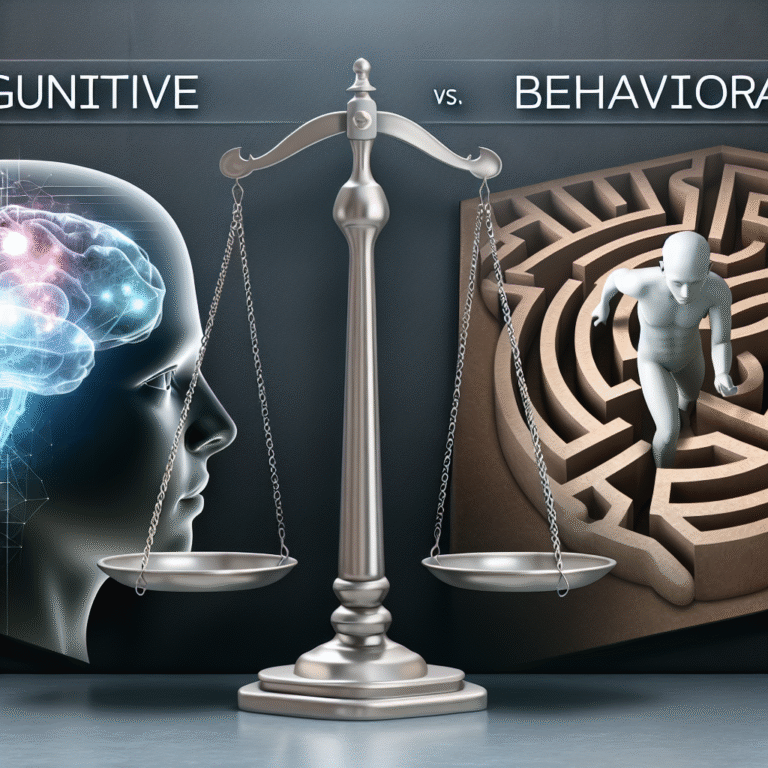
The Ultimate Guide to The ABCs of Child Behavior: Using Behavioral Psychology to Foster Positive Development
Introduction
Understanding child behavior is crucial for parents, educators, and caregivers. In the dynamic world of child development, recognizing the underlying principles that govern behavior can transform how we interact with children and influence their growth positively. The ABCs of Child Behavior: Using Behavioral Psychology to Foster Positive Development is not merely a theoretical concept but a practical framework that can guide us in nurturing well-rounded, emotionally healthy children.
Imagine a world where every child feels understood, valued, and capable of expressing themselves positively. This guiding principle is our goal, and behavioral psychology provides us with the tools to reach it. Let’s dive deeply into the ABCs of child behavior, exploring concepts, case studies, and practical applications that can make a remarkable difference.
What Is Behavioral Psychology?
Behavioral psychology, or behaviorism, focuses on understanding how behavior is acquired, shaped, and maintained through the environment. It emphasizes observable behaviors rather than internal thoughts or emotions as the primary subject of study.
Key Principles of Behavioral Psychology
| Principle | Description |
|---|---|
| Observability | Focus on measurable actions and reactions rather than internal states. |
| Reinforcement | Positive or negative consequences that can strengthen or weaken behaviors. |
| Conditioning | The process through which behaviors are learned, either positively or negatively. |
| Environment’s Role | The environment plays a significant role in shaping behavior through stimuli. |
Understanding these principles is foundational to The ABCs of Child Behavior: Using Behavioral Psychology to Foster Positive Development. Here, the Focused ABC model represents Antecedents, Behaviors, and Consequences.
The ABC Model Explained
1. Antecedents
These are the triggers that precede a behavior. Understanding antecedents is vital for developing strategies that foster a positive environment. For instance, a child may throw a tantrum when they are hungry or tired.
Case Study: Jamie’s Tantrum
Jamie, a five-year-old, frequently throws tantrums when arriving at daycare. After investigating, caregivers found that Jamie’s tantrums correlate with missing breakfast. By ensuring Jamie has a healthy meal before arriving, the tantrums significantly decreased.
2. Behaviors
Behaviors are the actual responses to the antecedents. They can be both positive and negative, and we aim to promote positive behaviors through reinforcement.
3. Consequences
Consequences are the outcomes that follow behaviors. They can be positive (reinforcement) or negative (punishment). To encourage positive behaviors, it’s essential to implement appropriate rewards.
Analyzing Jamie’s Case:
In Jamie’s situation, by reinforcing good behavior—such as sharing toys or cooperating with peers—caregivers noticed an increase in those positive behaviors. Rewards could range from verbal praise to small stickers.
Strategies to Foster Positive Child Behavior
Now that we understand the ABCs, we can delve into effective strategies for fostering positive behaviors in children.
Positive Reinforcement
This involves providing a reward following a desirable behavior. The aim is to increase the likelihood of that behavior occurring again.
Examples:
- Praise specific achievements: Instead of general praise, recognize the effort (“I love how you shared your toy!”).
- Use a reward system: Implement a chart for tracking good behaviors, with stickers or small prizes.
Setting Clear Expectations
Children thrive on structure. Establishing clear expectations regarding behavior helps them understand what is required.
Steps to Implement:
- Discuss rules: Engage the child in understanding the family or classroom rules.
- Visual reminders: Use charts or pictures to depict rules.
Consistency is Key
Being consistent helps children learn the consequences of their actions. If a child knows what to expect from their behavior, they are more likely to regulate it.
Real-World Application:
By consistently enforcing a rule—such as a quiet time after lunch—children learn to respect this period.
Modelling Behavior
Children often imitate the behaviors of adults in their lives. Demonstrate the behaviors you wish to see.
Example:
If you want a child to express feelings verbally, model that behavior by sharing your own feelings in appropriate contexts.
Case Studies from Real-Life Contexts
Case Study 1: Sarah’s Social Skills Development
Sarah, a shy six-year-old, often played alone. Her parents utilized the ABC model by:
- Antecedent: Setting up playdates with fewer children.
- Behavior: Observing her reluctance to engage.
- Consequence: Praising her verbal interactions during play.
Result: Sarah developed her social skills and felt more comfortable interacting.
Case Study 2: David’s Homework Routine
David, a ten-year-old, frequently procrastinated on homework. His parents applied the ABC model effectively:
- Antecedent: Homework assigned after a set routine.
- Behavior: Delay in starting homework until bedtime.
- Consequence: Losing screen time if not completed.
Outcome: David learned to manage his time better, leading to improved grades and a sense of achievement.
Visuals to Facilitate Understanding
Behavior Reinforcement Table
| Behavior | Antecedent | Positive Consequence |
|---|---|---|
| Sharing toys | Friend wants to play | Verbal praise |
| Completing homework | Homework given at time | Extra playtime |
| Following rules | Clear rules established | Sticker reward |
Example of a Child Behavior Chart
| Child Name | Positive Behaviors | Negatives Behavior | Total Rewards |
|---|---|---|---|
| Jamie | 10 | 2 | 8 Stickers |
| Sarah | 8 | 1 | 7 Stickers |
| David | 9 | 0 | 9 Stickers |
Overcoming Common Challenges
Challenge 1: Resistance to Change
Children may resist changes in behavior expectations. Use gradual adjustments and plenty of positive reinforcement.
Challenge 2: Mixed Messages
Ensure all caregivers are on the same page regarding behavior expectations and consequences.
Challenge 3: Frustration with Slow Progress
Celebrate small victories to maintain motivation.
Conclusion
The ABCs of Child Behavior: Using Behavioral Psychology to Foster Positive Development provides a robust framework for understanding and cultivating children’s behaviors. By identifying antecedents, encouraging positive behaviors, and reinforcing results, we can create an environment where children not only thrive but also learn to navigate their emotions and relationships effectively.
In a world that often feels overwhelming, let’s embrace the powerful tools that behavioral psychology offers. By implementing these strategies, we are equipping children for future successes, laying a foundation for lifelong positive development.
FAQs Section
1. What age is best to start using behavioral psychology principles?
It’s never too early! Starting as early as toddlerhood can help children learn important behaviors and coping mechanisms.
2. How do I implement positive reinforcement at home?
Combine praise with tangible rewards, maintain consistency, and offer specific feedback on behaviors rather than general praise.
3. What if my child’s behavior doesn’t improve?
Stay patient and persistent. Sometimes, behaviors take time to shift. Consider consulting a child psychologist for additional support.
4. Can behavioral psychology work in schools?
Absolutely! Teachers can apply the ABC model in classroom settings, promoting positive behavior among students.
5. Is punishment effective in changing behavior?
While it may yield immediate results, many experts recommend focusing on positive reinforcement for sustained behavioral changes.
By internalizing the concepts discussed in this article, you empower yourself not only to understand child behavior better but also to foster growth, resilience, and emotional intelligence in the children around you. Remember, every child has the potential for positive development—it’s our job to help them realize that potential.
















